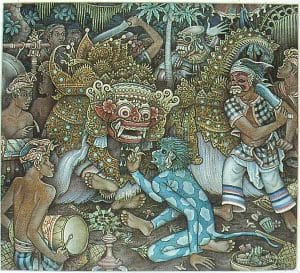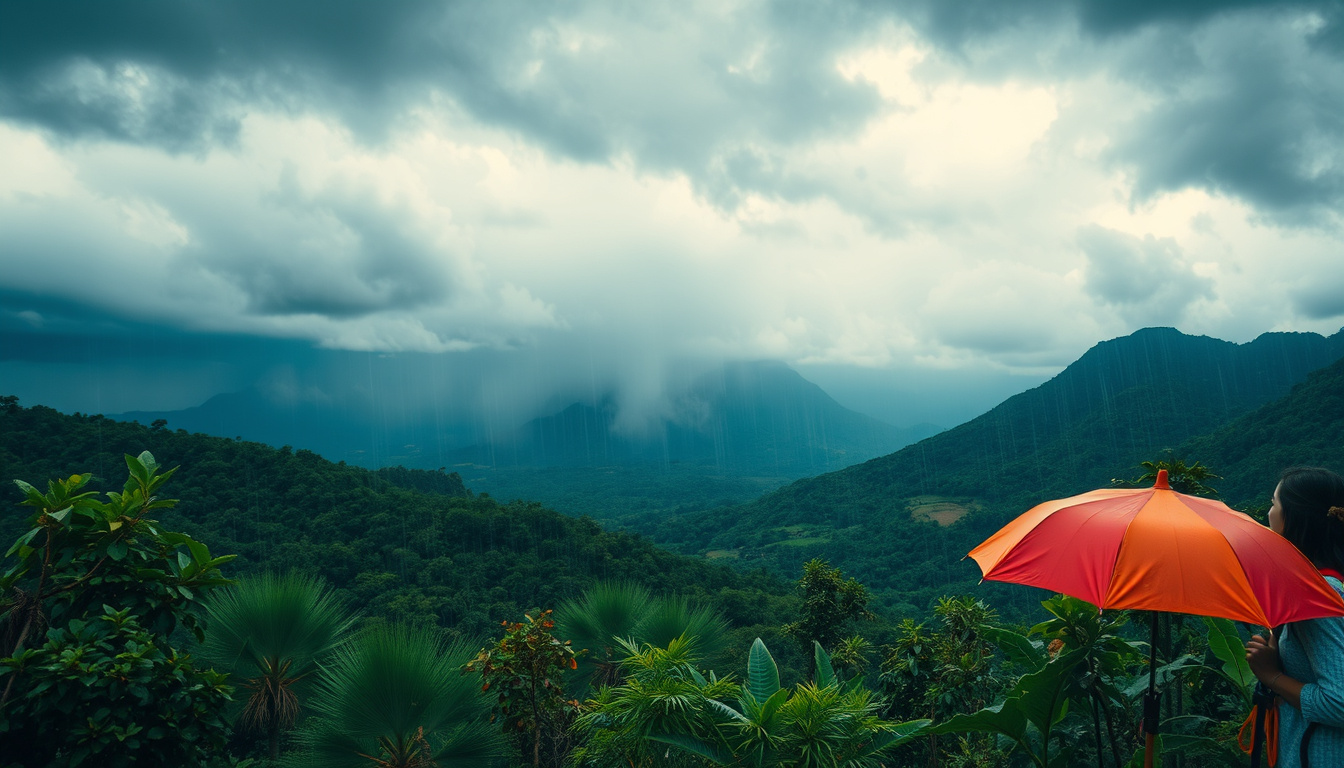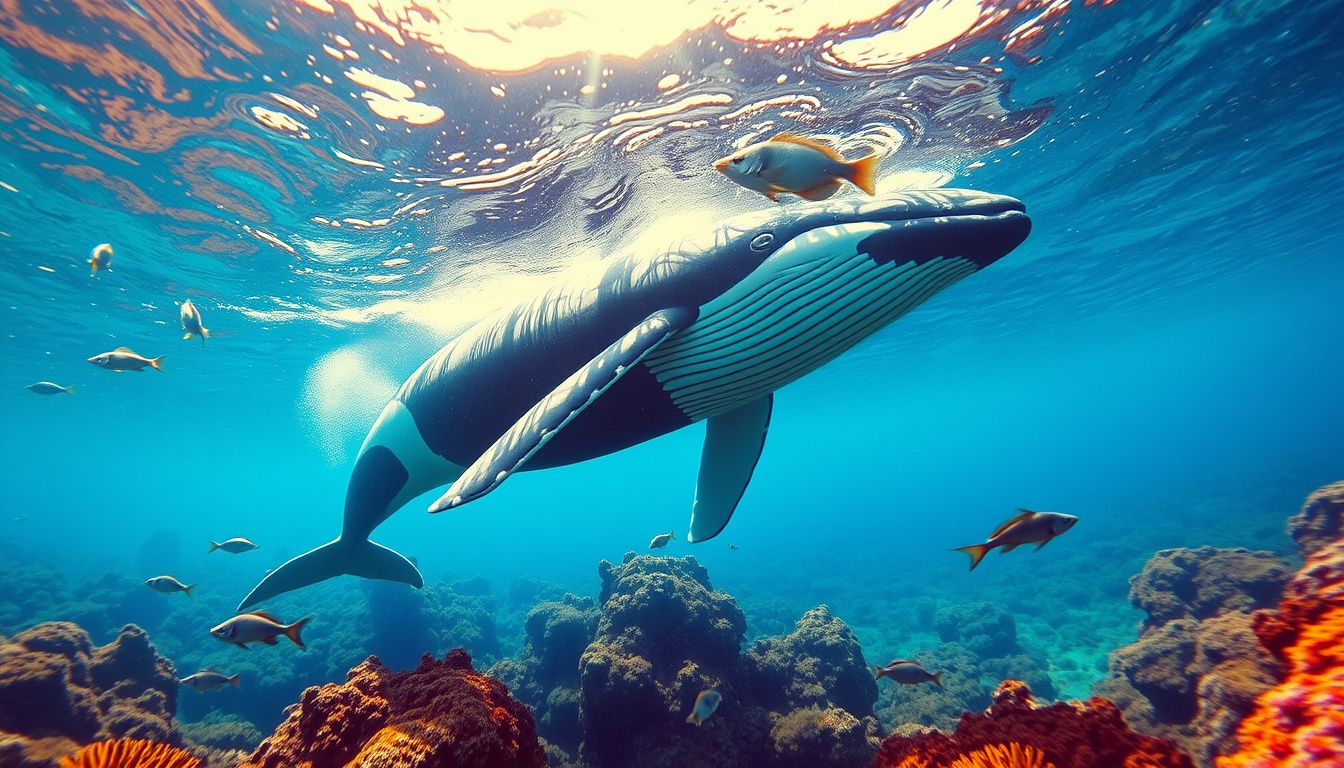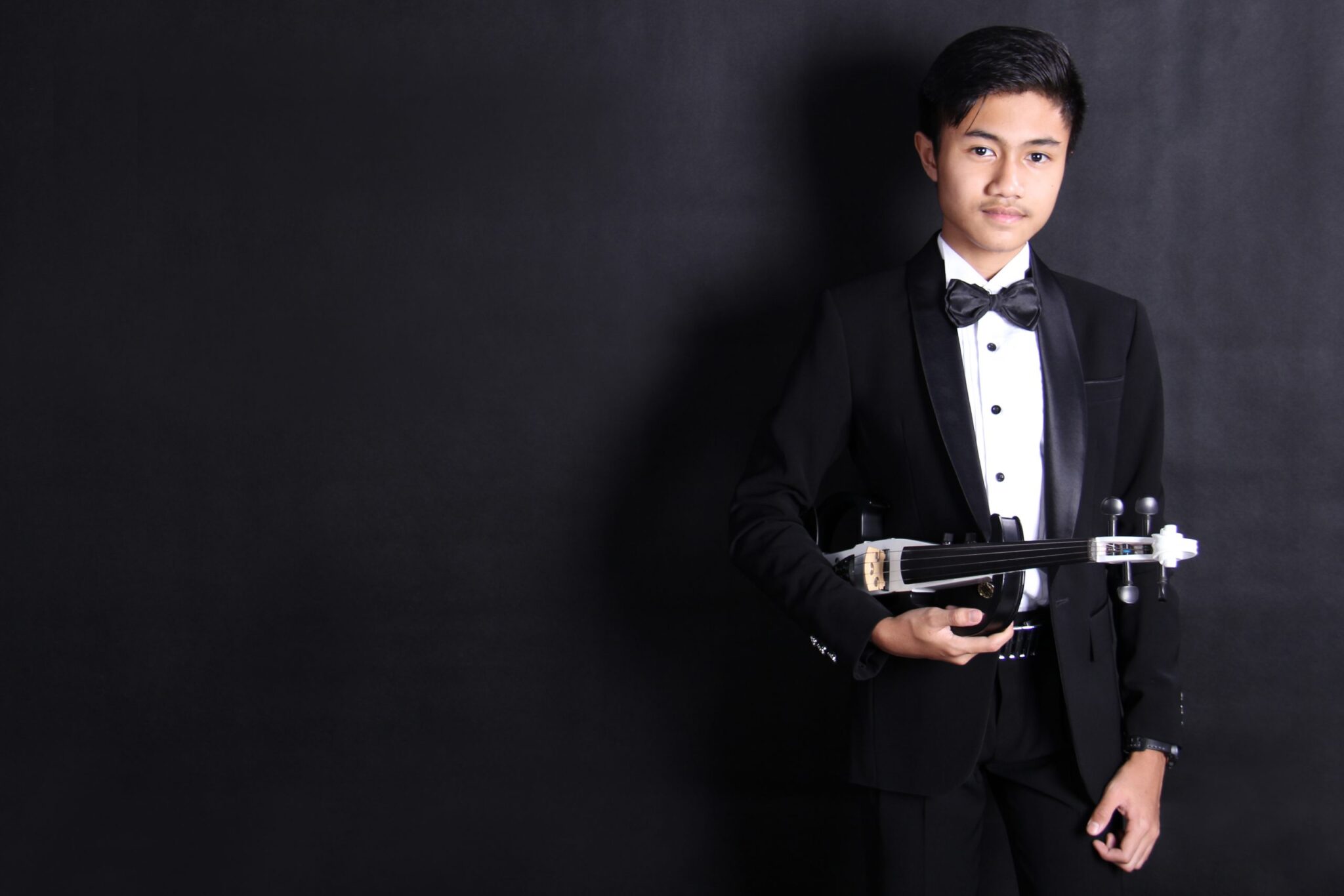Welcome to About Bali section, where you can learn and feel about bali itselfs.
Second week of Balinese Culture.
This week we will describe about Balinese Art Type.
Hope You enjoy…
Balinese art is art of Hindu-Javanese origin that grew from the work of artisans of the Majapahit Kingdom, with their expansion to Bali in the late 14th century. From the sixteenth until the twentieth centuries, the village of Kamasan, Klungkung (East Bali), was the centre of classical Balinese art. During the first part of the twentieth century, new varieties of Balinese art developed. Since the late twentieth century, Ubud and its neighboring villages established a reputation as the center of Balinese art.
Ubud and Batuan are known for their paintings, Mas for their woodcarvings, Celuk for gold and silver smiths, and Batubulan for their stone carvings. Covarrubias describes Balinese art as, “… a highly developed, although informal Baroque folk art that combines the peasant liveliness with the refinement of classicism of Hinduistic Java, but free of the conservative prejudice and with a new vitality fired by the exuberance of the demonic spirit of the tropical primitive”. Eiseman correctly pointed out that Balinese art is actually carved, painted, woven, and prepared into objects intended for everyday use rather than as object d ‘art.
Modern Traditional Painting
The pre-War modernisation of Balinese art emanated from three villages: Ubud, where Spies settled, Sanur on the southern coast, and Batuan, a traditional hub of musicians, dancers, carvers and painters. The artists painted mostly on paper, though canvas and board were also used. Often, the works featured repetitive clusters of stylized foliage or waves that conveyed a sense of texture, even perspective. Each village evolved a style of its own. Ubud artists made more use of open spaces and emphasized human figures. Sanur paintings often featured erotic scenes and animals, and work from Batuan was less colorful but tended to be busier.
Ubud Painting
Ubud has been the center of art for centuries, with the surrounding royal houses and temples as the main patrons. Prior to the 1920s, traditional wayang style paintings dominated the subject matters, although Jean Couteau believes that both secular and religious theme paintings have long been co-existing in the form of the expression of the unity of opposites (Rwabhinneda in Balinese belief system).
Under the patronage of the Ubud royal family, especially Tjokorda Gde Agung Sukawati, and with Rudolf Bonnet as a chief consultant, the Pitamaha Art Guild was founded in 1936 as a way to professionalise Balinese painting. Its mission was to preserve the quality of Balinese Art in the rush of tourism to Bali. The board members of Pitamaha met regularly to select paintings submitted by its members, and to conduct exhibitions throughout Indonesia and abroad. Pitamaha was active until the beginning of the second world war in 1942.The subject matters shifted from religious narration to Balinese daily life. Ubud artists who were members to Pitamaha came from Ubud and its surrounding villages; Pengosekan, Peliatan and Tebasaya. Among them were: Ida Bagus Made Kembeng of the village of Tebesaya and his three sons Ida Bagus Wiri, Ida Bagus Made and Ida Bagus Belawa; Tjokorda Oka of the royal house of Peliatan; Anak Agung Gde Sobrat, Anak Agung Gde Meregeg, I Dewa Putu Bedil, I Dewa Nyoman Leper, Anak Agung Dana of Padangtegal; I Gusti Ketut Kobot, I Gusti Made Baret, I Wayan Gedot, Dewa Putu Mokoh of Pengosekan; and I Gusti Nyoman Lempad. Artists from other areas also participated, including Pan Seken from Kamasan, I Gusti Made Deblog from Denpasar, and some of the Sanur artists.
Pitamaha has been by the descendents of the Ubud artists, and has now come to be identified with the period of the 1930s. Important Ubudian Artists are Ida Bagus Sena (nephew of Ida Bagus Made Poleng), A.A Gde Anom Sukawati (son of A.A Raka Pudja), I Ketut Budiana, I Nyoman Kayun and I Nyoman Meja. Budiana is the artist with the most impressive Solo-exhibition track record. His paintings are collected by Fukuoka Museum of Arts, Bentara Budaya Jakarta, Museum Puri Lukisan, Neka Museum and Arma Museum. Ida Bagus Sena also has developed a unique style and has a deep understanding of Balinese philosophy in his paintings. Anom Sukawati is Balinese most successful colorist. I Nyoman Meja developed a style which is closely copy by several of his students. I Nyoman Kayun received award from Bali Bangkit in 2008.
Batuan Painting

The Batuan school of painting is practiced by artists in the village of Batuan, which is situated 10 kilometres (6.2 mi) to the south of Ubud. The Batuan artisans are gifted dancers, sculptors and painters. Leading artists of the 1930s included I Nyoman Ngendon, and a number of members of leading brahman families, including Ida Bagus Made Togog. Other major Batuan artists from the pre-modernist era include I Dewa Nyoman Mura (1877-1950) and I Dewa Putu Kebes (1874-1962), who were known as sanging; traditional Wayang-style painters for temples’ ceremonial textiles.
The western influence in Batuan did not reach the intensity it had in Ubud. According to Claire Holt, the Batuan paintings were often dark, crowded representations of either legendary scenes or themes from daily life, but they portrayed above all fearsome nocturnal moments when grotesque spooks, freakish animal monsters, and witches accosted people. This is particularly true for paintings collected by Margaret Mead and Gregory Bateson during their field studies in Bali in 1936 to 1939. Gradations of black to white ink washes laid over most of the surface, so as to create an atmosphere of darkness and gloom. In the later years, the designs covered the entire space, which often contributed to the crowded nature of these paintings.
Among the early Batuan artists, I Ngendon (1903-1946) was considered the most innovative Batuan School painter. Ngendon was not only a good painter, but a shrewd business man and political activist. He encouraged and mobilized his neighbours and friends to paint for tourist consumption. His ability in portraiture played an important role in teaching his fellow villagers in Batuan more than Spies and Bonnet.The major Batuan artists from this period were: I Patera (1900-1935), I Tombos (b. 1917), Ida Bagus Togog (1913-1989), Ida Bagus Made Jatasura (1917-1946), Ida Bagus Ketut Diding (1914-1990), I Made Djata (1920-2001), and Ida Bagus Widja (1912-1992). The spirit of the Pitamaha period is still strong and continues by contemporary Batuan Artists such as I Made Budi, I Wayan Bendi (b. 1950), I Ketut Murtika (b. 1952), I Made Sujendra (b. 1964), and many others. I Made Budi and I Wayan Bendi paintings capture the influence of tourism in modern life in Bali. They place tourists with their camera, riding a motorbike or surfing in the midst of Balinese traditional village activities. The dichotomy of modern and traditional Balinese life are contrasted starkly in harmony. I Ketut Murtika ( still paints the traditional story of Mahabharata and Ramayana in a painstaking details with subdued colors. His painting of the Wheel of Life viewed from the Balinese beliefs system shows his mastery of local legends and painstaking attention to details.
Sanur Painting
Unlike Ubud and Batuan which are located in the inland of Bali, Sanur is a beach resort. Sanur was the home of the well known Belgian artist Le Mayeur de Mepres, who lived with a Balinese wife (Ni Polok) and had a beach house in Sanur beach.
Tourists in the 1930s came to Bali on cruise ships docked in Sanur and made side trips to Ubud and neighboring tourist sites. Its prime location provided the Sanur artist with ready-access to Western tourists who frequented the shop of the Neuhaus Brothers who sold balinese souvenirs and tropical fishes. Neuhaus brothers became the major art dealer of Sanur paintings. The beach around Sanur, full of outriggers and open horizon, provided local artists with a visual environment different from the Ubud and Batuan, which are located in the hinterland.The playful atmosphere pervades the Sanur paintings, and are not dictated by the religious iconography.It is lighter and airy than those of Batuan and Ubud with sea creatures, erotic scenery and wild animals drawn in rhythmic patterns; often in an Escher-like manner.Most early works were black and white ink wash on paper, but at the request of Neuhaus, latter works were adorned with light pastel colors often added by other artists specializing in coloring a black and white drawings. Their name code is often found at the margin.
The Sanur school of painting is the most stylized and decorative among all modern Balinese Art. Major artists from Sanur are I Rundu, Ida Bagus Nyoman Rai, I Soekaria, I Poegoeg, I Rudin, and many others. I Rudin, who started to paint in mid-1930s, draws simple balinese dancers in the manner of the drawings of Miguel Covarrubias.
Young Artist Painting
The development of the Young Artist School of painting is attributed to the Dutch artist Arie Smit, a Dutch soldier who served during the 2nd world war and decided to stay in Bali. In the early 1960s, he came across children in the village of Penestanan near Tjampuhan drawing on the sand. He encouraged these children to paint by providing them with paper and paints.
Their paintings are characterized by “child-like” drawings that lacks details and bright colors drawn with oil paint on canvas. By the 1970s, it attracted around three hundred peasant painters to produce paintings for tourists. In 1983, the National Gallery of Malaysia held a major exhibition on the Young Artist paintings from the collection of Datuk Lim Chong Kit.
The painting by I Wayan Pugur (b. 1945) shown here, was executed when he was 13 years old and was exhibited at the San Francisco Museum of Modern Art in 1964, as part of a traveling exhibition in the United States in 1964-1965. This early drawing, executed on paper, exhibits the use of bright colors and a balanced composition. The drawing space is divided into three solid-color areas: dark blue, bright yellow and magenta in between showing the influence of the Wayang painting tradition. The leaves of the large tree with the snakes show the juxtaposition of complementary colors. The faces of the figures were drawn with no details, yet the snakes have eyes and long tongues.
Major artists from the Young Artist School are I Wayan Pugur, I Ketut Soki, I Ngurah KK, I Nyoman Londo, I Ketut Tagen, M D Djaga, I Nyoman Cakra, Ni Ketut Gampil, I Nyoman Mundik, I Wayan Regug and many others.
Keliki Miniature Painting

In the 1970s, miniature paintings emerged from Keliki, a small village north of Ubud, led by a local farmer I Ketut Sana. The sizes range from as small as 2 x 3 inch to as large as 10 x 15 in. I Ketut Sana learnt to paint from I Gusti Nyoman Sudara Lempad from Ubud and from I Wayan Rajin from Batuan. He combined the line drawing of Lempad and the details of the Batuan school. Every inch of the space is covered with minute details of Balinese village life and legends drawn in ink and colored with watercolor. The outcome is a marriage between the youthfulness of the Ubud school and the details of the Batuan School. The Keliki artists proud with their patience to paint minute details of every objects meticulously that occupy the drawing space.
Illustrated on the left is a drawing by I Lunga (c. 1995) depicting the story of Rajapala. Rajapala is often referred to as the first Balinese voyeur or “peeping Tom.” According to the story, Rajapala catches sight of a group of celestial nymphs bathing in a pool. He approaches stealthily, and without their knowledge, steals the skirt (kamben) of the prettiest, Sulaish. As her clothing contains magical powers enabling her to fly, the nymph cannot return home. Rajapala offers to marry her. She accepts on the condition that she will return to heaven after the birth of a child. With time, she and Rajapala have a healthy young son. Years pass, and one day, Sulaish accidentally discovers her clothing hidden in the kitchen. Understanding that she has been tricked, she takes leave of her husband and son and goes back to her heavenly abode.
Major artists from the Keliki Artist School are Sang Ketut Mandera (Dolit), I Ketut Sana, I Wayan Surana, I Lunga, I Wayan Nengah, I Made Ocen, Gong Juna, I Made Widi, I Wayan Lanus, I Wayan Lodra, Ida Bagus Putra, Gusti Ngurah Putra Riong and many others.
Finger Print Painting
A Balinese of royal descent, I Gusti Ngurah Gede Pemecutan makes his paintings by fingerprints. If we use brush technique, we can brush it off if needed, but the fingerprint technique should placed every dot precisely. His fingerprint paintings have no signature, but have a lot of his fingerprints. The fingerprint painting technique is regarded as part of the pointilism painting technique (with the brush).
Wood Carving

Like the Balinese painting, Balinese wood carving underwent a similar transformation during the 1930s and 1940s. The creative outburst emerged during this transition period is often attributed to western influences. In 2006, an exhibition at the Nusantara Museum, Delft, the Netherlands Leidelmeijer traced the Art Deco influence on Balinese wood carving. Leidelmeijer further conjectured that the Art Deco influence continued well into the 1970s.
During the transition years, the Pitamaha Artist Guild was the prime mover not only for Balinese paintings, but also for the development of modern Balinese wood carvings. I Tagelan (1902-1935) produced an elongated carving of a Balinese woman from a long piece of wood that was given by Walter Spies, who originally requested him to produce two statues. This carving is in the collection of the Puri Lukisan Museum in Ubud.
Other masters of Balinese modernist woodcarving were: Ida Bagus Nyana, Tjokot (1886-1971)[2] and Ida Bagus Tilem. Ida Bagus Nyana was known for experimenting with mass in sculpture. When carving human characters, he shortened some parts of the body and lengthened others, thus bringing an eerie, surreal quality to his work. At the same time he didn’t overwork the wood and adopted simple, naive themes of daily life. He thus avoided the “baroque” trap, unlike many carvers of his day.
Tjokot gained a reputation for exploiting the expressive quality inherent in the wood. He would go into the forest to look for strangely shaped trunks and branches and, changing them as little as possible, transforming them into gnarled spooks and demonic figures.
Ida Bagus Tilem, the son of Nyana, furthered Nyana and Tjokot’s innovations both in his working of the wood and in his choice of themes. Unlike the sculptors from the previous generation, he was daring enough to alter the proportions of the characters depicted in his carving. He allowed the natural deformations in the wood to guide the form of his carving, using gnarled logs well suited for representing twisted human bodies. He saw each deformed log or branch as a medium for expressing human feelings. Instead of depicting myths or scenes of daily life, Tilem took up “abstract” themes with philosophical or psychological content: using distorted pieces of wood that are endowed with strong expressive powers. Ida Bagus Tilem, however, was not only an artist, but also a teacher. He trained dozens of young sculptors from the area around the village of Mas. He taught them how to select wood for its expressive power, and how to establish dialogue between wood and Man that has become the mainstream of today’s Balinese woodcarving.
Thats all for this week.
See You next week.
BREAKING NEWS | HEADLINE NEWS | NEWS | DAILY NEWS | WEEKLY NEWS
WORLD NEWS | INDONESIA NEWS | BALI NEWS
















Add a comment